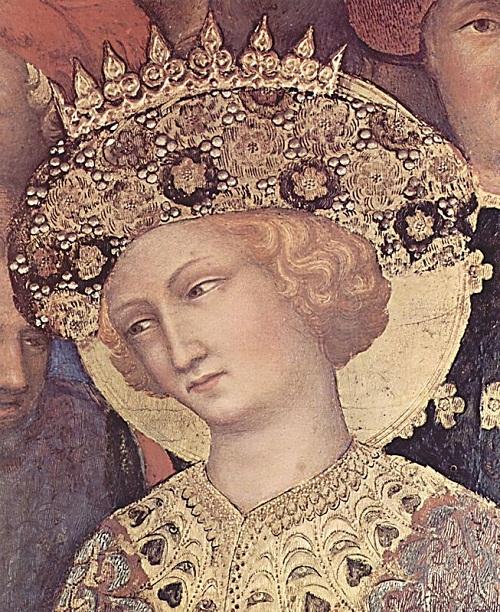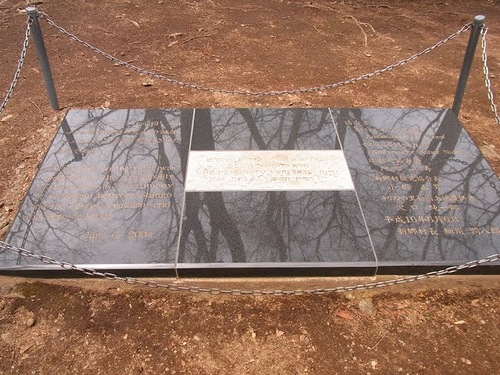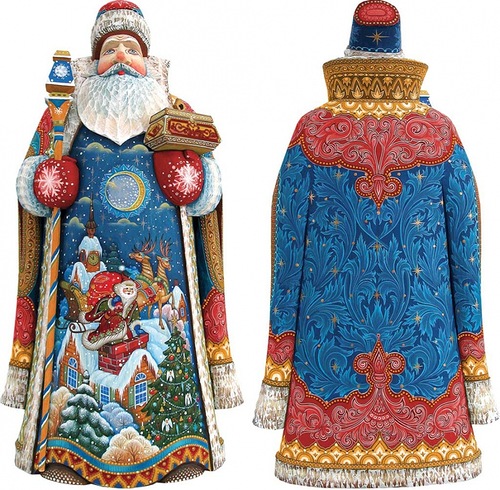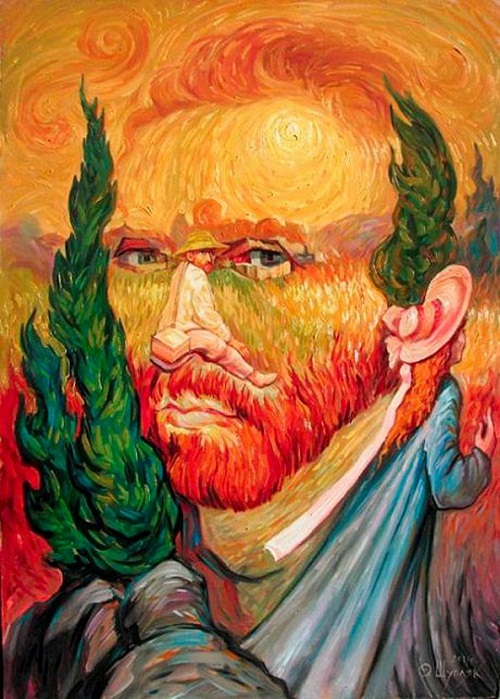Adoration of the Magi in paintings
Adoration of the Magi in paintings. For more than 2000 years, each year, the world is impatiently waiting for the main and truly human holiday to honor the birth of Jesus Christ in Bethlehem, Christmas, the event that changed the world. The three Magi (Three Wise Men, Three Kings, Kings from the East) found Jesus by following a star, Jesus was recognized, from his earliest infancy, as king of the earth. They gave Jesus three symbolic gifts: gold, frankincense and myrrh. Many hundreds of artists have been inspired by this subject – Adoration of The Magi. The artists showed in their paintings the end of paganism, they worshiped the birthplace of Christ, the Magi, the star of Bethlehem, the Virgin Mary, the shepherds and their sheep, the angels, and the Star of Bethlehem.
Adoration of the Magi in paintings

Fragment. A caravan of travelers. In the foreground of the star of Bethlehem. The adoration of the Magi, Sassetta

Mosaic in Sant’Apollinare Nuovo in Ravenna, VI century over the heads of the Magi can be read their names
wiki/Adoration_of_the_Magi






























